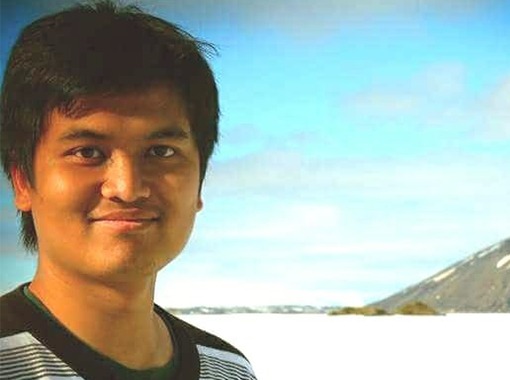Deriving physical properties from volcanic products using multi remote sensing techniques

VR-II
Room 147
Muhammad Aufaristama gives a lecture titled Deriving physical properties from volcanic products using multi remote sensing techniques and datasets.
Abstract
In this study, multimodal remote sensing techniques and datasets were applied and developed for three studies (1) deriving thermal properties from satellite infrared remote sensing, (2) differentiate lava surface using airborne hyperspectral remote sensing, and (3) quantifying lava surface roughness from elevation model acquired by airborne LiDAR. In the first study, we present a new approach based on infrared satellite images to derive thermal properties within the lava field during eruption and then compare the results with field measurement during the 2014-2015 Eruption at Holuhraun. In the second study, we focus on retrieving the lava surface types contributing to the signal recorded by airborne hyperspectral at the very top surface of the 2014-2015 Holuhraun lava field. For this purpose, an airborne hyperspectral image acquired at Holuhraun with an AisaFENIX sensor onboard a NERC (Natural Environment Research Council Airborne Research Facility) campaign. In the third study, we perform both the topographic position index (TPI) and One-dimensional Hurst Exponent to derived lava flow unit roughness on 2014-2015 lava field at Holuhraun using both airborne LiDAR and photogrammetry topography datasets. The roughness assessment was acquired from four lava flow features; (1) spiny lava; (2) lava pond; (3) blocky lava and (4) inflated channel. Application of using multi remote sensing techniques and datasets to derive physical properties lava flow successfully applied in this study.
Muhammad Aufaristama



